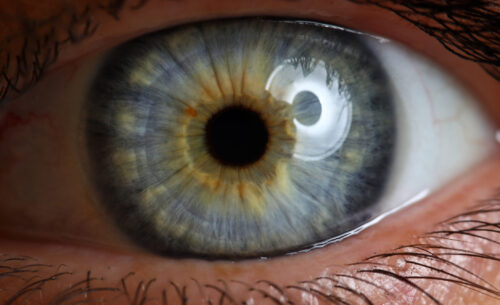BioPharm
Regenerative therapies in sight

In 2015, a patient developed severe age-related macular degeneration (AMD). It left him unable to see out of his right eye. But, a few months later, pioneering stem cell therapy at Moorfields Eye Hospital restored his vision enough to read a newspaper. Surgeons inserted a patch of stem cells into his retina in a procedure that its inventors hope could provide a fast, affordable treatment for AMD – the leading cause of blindness in the developed world.
“Transplant surgery using the patch is very straightforward. The operation involves making a small incision in the eye into which the patch is placed, then it’s pushed down using gas and air. It takes around 20 minutes and most patients are able to have it done while they’re awake, making it suitable for an outpatient procedure.”
“Pfizer terminated the licence, which subsequently returned to UCLB, but UCLB worked hard to get all the materials related to the project such as cells, equipment, clinical data and devices so that the project could continue in the new company and ultimately deliver patient benefit.”